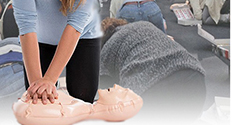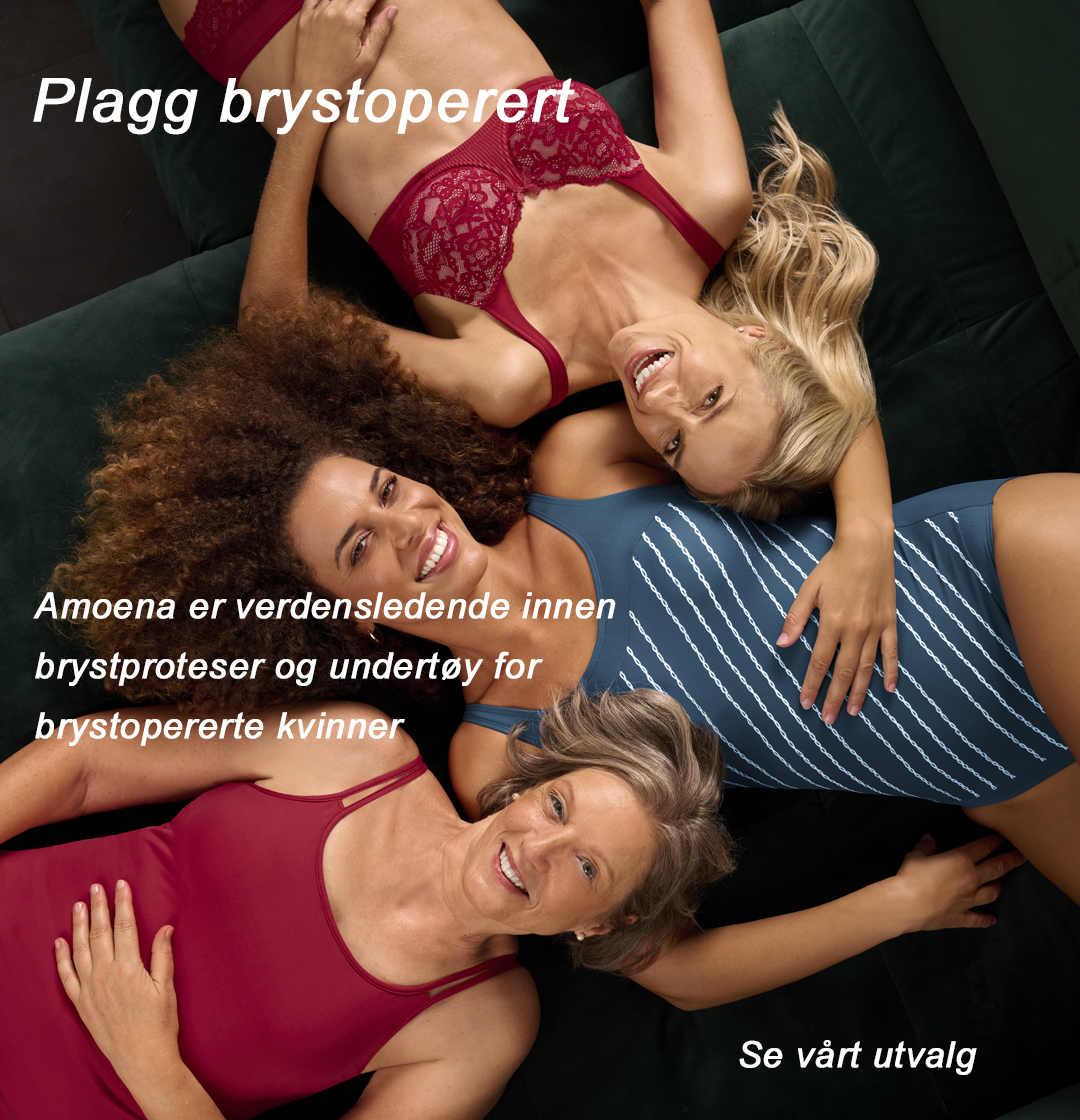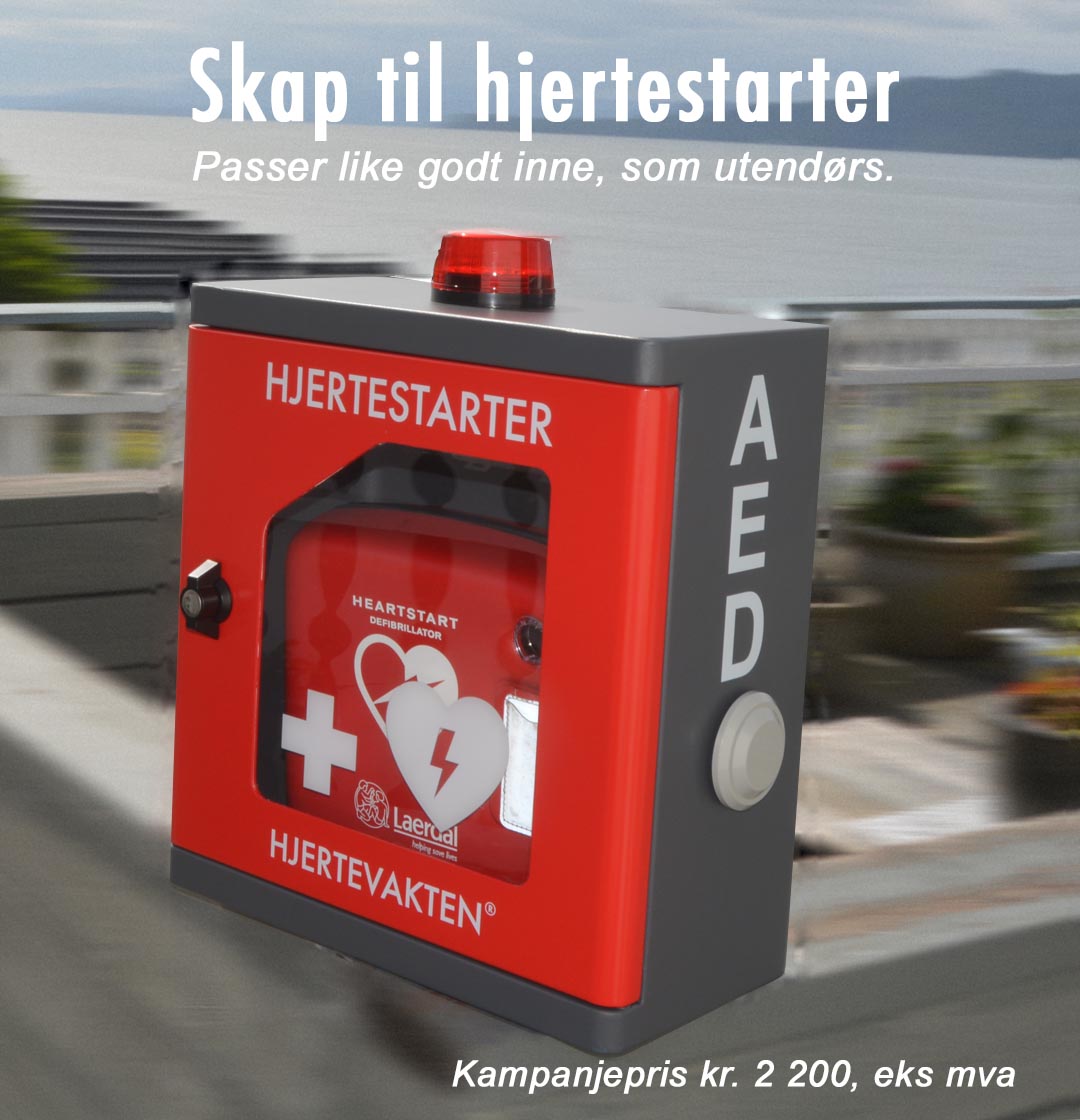using a Simple Personal Resuscitation Manikin
Background
As 70–80% of cardiac arrests occur at home, widespread training is needed to increase the likelihood of basic life support (BLS) being performed before the arrival of Emergency Medical Services personnel. Teaching BLS in public schools has been recommended to achieve this.
Aim
To compare BLS skill retention in school children with adults when using a simple personal resuscitation manikin.
Methods
The MiniAnne (Laerdal Medical, Norway) was distributed to 76 pupils (age 12–14 years) in three public schools and to 194 employees (age 22–51 years) in an insurance company. Using the enclosed DVD, the participants carried out a 24 min BLS course and took home the manikin for subsequent self-training. After 3 months, skill retention was assessed using the ResusciAnne and the PC Skill reporting System 2.0 (Laerdal Medical, Norway) in a 5 min test. A combined score ranging from 12 to 52 points was calculated and in addition, 12 different variables were compared.
Results
The combined score was significantly higher in adults (35 points versus 32 points, P = 0.0005). The adults performed significantly better than the children in all but four variables. ‘Ventilation–compression ratio’ and ‘hand-position’ were not significantly different. The children performed significantly better in the variables ‘total compressions’ (median 199 versus 154, P = 0.0003), and ‘hands-off time’ (median 158.5 s versus 188.5 s, P < 0.0001).
Conclusion
Three months after a BLS course, adults had higher overall BLS skill retention scores than school children when using a simple personal resuscitation manikin.








